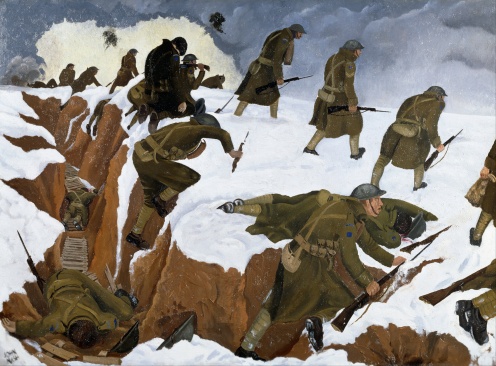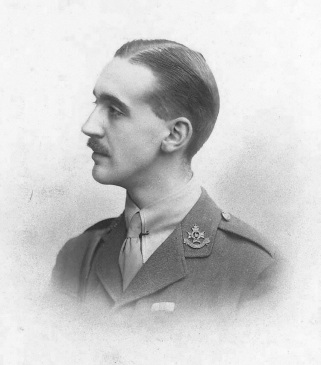
Ramparts Cemetery (Corinne P/TripAdvisor)
A Battlefield Tour with The Cultural Experience, 7th – 10th July 2022
I have designed this new, four-day tour for The Cultural Experience combining history, literature and art to experience the infamous Ypres battlefield. Through the words of more than twenty British and German writers, we explore the war in the trenches, the dressing stations, the rest areas, and the cemeteries. This is an opportunity to study works of literature and art in the precise locations which inspired them and where they were created. Combined with a rich historical context, travellers can gain a powerful understanding of these works both artistically and as historical testimony.
Full details are on The Cultural Experience website.
We walk ‘Plug Street Wood’, where Roland Leighton picked the violets growing around a corpse to send to his fiancée Vera Brittain, visit the battlefield graves of poets such as Francis Ledwidge and Hedd Wynn, both killed on the first day of the Passchendaele offensive, and look across no man’s land where Henry Williamson took part in the 1914 Christmas Truce. At Vladslo German Cemetery we will see Käthe Kollwitz’s sculptures of grieving parents which kneel before graves including that of her own son. The tour is the result of many years of experience reading, researching and visiting the battlefields as well as teaching literature and art of the Great War at Liverpool and Lancaster Universities.

Käthe Kollwitz sculptures, Vladso German Cemetery
What was ‘The Salient’?
Devastated by four years of shellfire and fighting, for the British the Ypres battlefield, guarding the Channel ports, was the key to the Western Front. The Germans held a natural amphitheatre of high ground, curved like the blade of a sickle with the handle formed by the Messines ridge to the south. This was the ‘Salient’ in which the British were surrounded on three sides, always observed and subjected to lethal shelling.

Paul Nash, The Ypres Salient at Night (IWM ART 1145)

Sanctuary Wood Trenches
In time when there was less public display of emotion, poetry was a means for soldiers to express and try to come to terms with and express experiences of grief, trauma and intense comradeship. Poetry also became a means whereby soldiers at the front tried to educate those at home about the realities of the war: ‘I died in hell—(They called it Passchendaele)’, says a soldier in Siegfried Sassoon’s poem. Artists such as Paul Nash also saw this as a duty. Angered by the devastation of the Ypres Salient, he wanted his pictures to tell ‘a bitter truth’.
Highlights
- Powerful war literature and art in a historic Flanders landscape.
- Little-known cemeteries and sites and the famous Menin Gate, Tyne Cot Cemetery and Talbot House.
- See where The Wipers Times was printed in Ypres Ramparts.
- Women writers such as May Wedderburn Cannan and Katherine Mansfield.

VAD nurse May Wedderburn Cannan, third from right (maywedderburncannan.wordpress.com)
Full details are on The Cultural Experience website.
Itinerary
Day 1 – The German experience, Medics and Padres.
Depart London St Pancras by Eurostar to Lille. Drive to Vladslo German Cemetery, Käthe Kollwitz sculptures, works by Ernst Stadler, August Stramm, Gerrit Engelke and Erich Maria Remarque. Essex Farm Cemetery and Canal Bank, where John McCrae wrote ‘In Flanders Fields’, Zillebeke Lake and Railway Dugouts Cemetery, works by Studdert Kennedy, ‘Tubby’ Clayton, Robert Service, and artists Wyndham Lewis and Paul Nash.
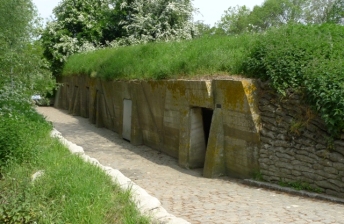
Essex Farm Dressing Station bunkers

Zillebeke Lake
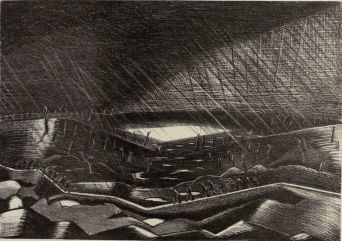
Paul Nash, Rain Zillebeke (IWM ART 1603)
Day 2 – The Salient and ‘Third Ypres’
In the morning Hell Fire Corner, Menin Road, Sanctuary Wood trenches, works by Edmund Blunden, Herbert Asquith and The Wipers Times. After lunch, the Third Battle of Ypres: Pilckem Ridge, Artillery Wood Cemetery, graves of Hedd Wynn and Frances Ledwidge, works by David Jones, Blunden, John Collinson Hobson, Edmund Campion Vaughan and Ivor Gurney. Tyne Cot Cemetery where the poets J E Stewart, E F Wilkinson and W R Hamilton are commemorated. Evening Menin Gate Last Post Ceremony.
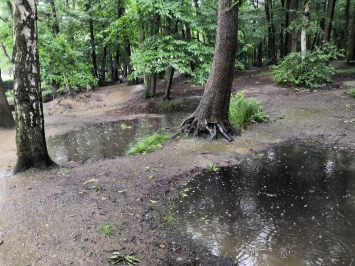
Shell craters, Sanctuary Wood

Edmund Blunden

Edmund Campion Vaughan’s bunker, St Julien
Day 3 – Behind the Lines
To Vlamertinghe Military Cemetery and chateau, the grave of Harold Parry and works by Robert Nichols and Blunden. Poperinge, the prison cells and Talbot House soldiers’ hostel, Blunden, Vaughan, R H Mottram and Ford Madox Ford. After lunch, drive south to Ploegsteert Wood and walk to the cemeteries, works by Roland Leighton, Vera Brittain, Katherine Mansfield, Henry Williamson and Alfred Ollivant.
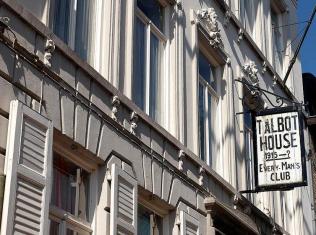
Talbot House, Poperinge
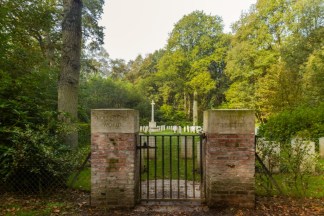
Ploegsteert Wood Cemetery (CWGC)

Roland Leighton
Day 4 – Walking Ypres Town
A day spent on foot. Rudyard Kipling and the War Graves Commission at Ypres Reservoir Cemetery including family inscriptions, Ypres Cathedral and Cloth Hall, William G Shakespeare, Blunden and Edith Wharton. Visit to In Flanders Fields Museum. Menin Gate, works by Charles Sorley, Robert Graves, E W Hornung, Anna Gordon Keown, C E A Philipps, J C Hobson, W S S Lyon, Siegfried Sassoon and Eric Haydon. Walk the Ramparts, The Wipers Times, Gilbert Frankau, Ramparts Cemetery, R W Sterling. Aftermath and loss, May Wedderburn Cannan, Margaret Sackville, Carola Oman and Marian Allen. Return to Lille for Eurostar.

Peter Kollwitz grave marker, In Flanders Fields Museum

Ramparts Cemetery (CWGC)
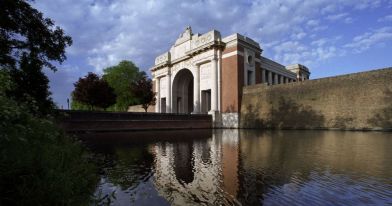
The Menin Gate (CWGC)
Full details are on The Cultural Experience website.
Join me on other battlefield tours with The Cultural Experience:
The War Poets: Words, Music and Landscapes
Where and how was Edward Brittain killed? The death in action of her brother Edward, in Italy in June 1918, forms the final tragedy of Vera Brittain’s memoir Testament of Youth.
Who was Ivor Gurney’s ‘The Silent One’? The night attack by the 2/5th Glosters on 6-7 April 1917
